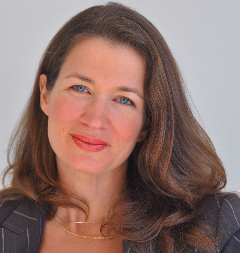With the wedding season in full swing I thought I’d return to a topic I began to address some months ago. As a Humanist Officiant who officiates weddings in the beautiful and multicultural cities of Toronto and Hamilton I was rather shocked by the Federal Government’s three-page training guide for immigration officers that was titled “Evidence of Relationship” that was leaked to media in recent months.
According to the article, the document lists red flags or warning signs of fraudulent marriages that immigration officers should look out for when they assess a spousal sponsorship application. I am not fundamentally against the idea of stopping this kind of marriage fraud, particularly since women tend to be the victims in many of these cases — bought, sold and otherwise. The problem is that these so-called “warning signs” include things that my colleagues and I see all the time in the couples we marry. The Toronto Star article uses words such as offensive and racist to describe the list. I say this list smacks of ethnocentrism with all the cultural trappings of the “wedding industry” and sends the wrong kind of message for those who don’t have traditional wedding ceremonies and who don’t “perform” the idealized version of the “happy newlyweds” for photos.
I am also disappointed that the article that originally published the leaked document worked to recirculate that divisive, polarizing, prescribed, ethnocentric idea by printing the headline: “Can You Tell From a Photo Whether it’s Love”? It is important when writing such articles, for journalists NOT to simply and uncritically buy into the “wedding industry” frame. Historical and social context is essential — even on matters that might seem like light fare from a journalistic perspective. In discussion with my colleagues on this topic, they remind me that “a wedding is a legal contract; that “…the veils and the rings and things are ONLY convenient social constructs…”; that indeed “‘fraud’ is a loose term in marriage history”…and that “it’s actually harder to find love marriages than arranged marriages”.
In other words, marriage and weddings are not black and white affairs. They are full of grey areas and carry different meanings for different people. While we must protect the most vulnerable in such situations, we must be careful not to inadvertently recreate a politically divisive idea of what marriage is “supposed to be”, when marriage and couples come in all shapes and sizes.

